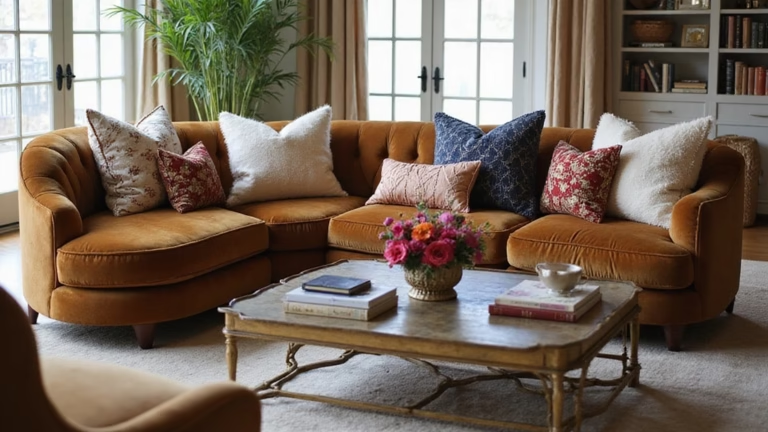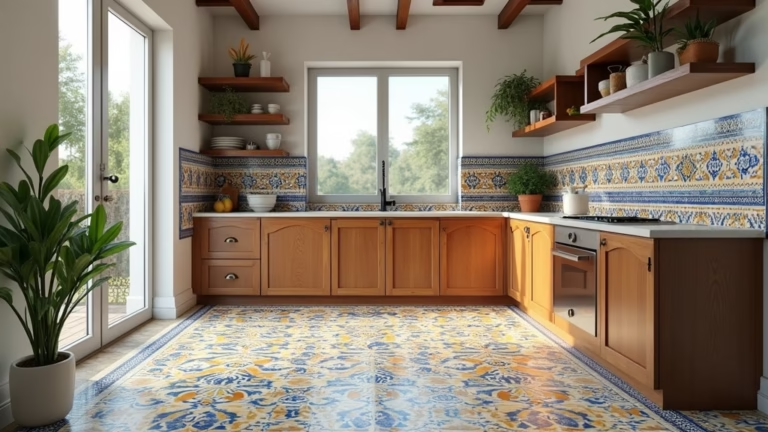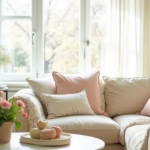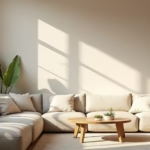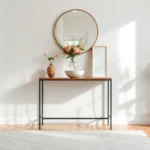Natural fiber rugs offer sustainable elegance for summer interiors. Jute and sisal provide breathable, eco-friendly foundations that enhance minimalist aesthetics while maintaining comfort. These versatile materials transition seamlessly between design styles, offering durability and texture to elevate any space. Discover practical solutions for incorporating these earth-conscious textiles into your home environment.
1. Jute Rugs: Sustainable Warmth and Versatility

Jute rugs deliver natural warmth with exceptional sustainability credentials. As one of the most renewable fibers, jute offers these advantages:
– Thermal regulation: Maintains comfortable surface temperatures in summer heat
– Hypoallergenic properties: Ideal for households with sensitivities
– Acoustic benefits: Reduces ambient noise in open-plan spaces
– Design flexibility: Complements Scandinavian, coastal, and farmhouse aesthetics
Position in moderate-traffic areas like bedrooms and formal living spaces to maximize longevity. Pair with light wood furniture and linen textiles for cohesive summer styling.
2. Sisal Rugs: Textural Durability for Active Homes
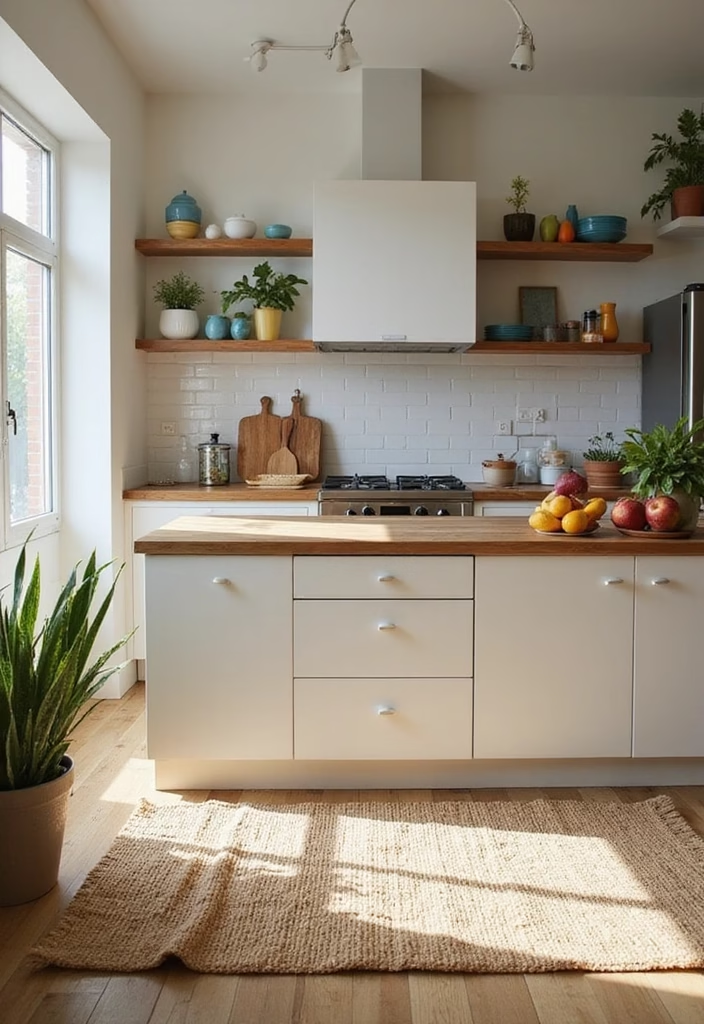
Sisal’s dense weave provides exceptional durability where performance matters most. Key features include:
– Natural traction: Slip-resistant surface ideal for entryways and stairs
– Stain resistance: Tight fibers repel common household spills
– Structural integrity: Maintains shape under heavy furniture
– Moisture management: Wicks humidity in bathroom applications
Select tightly woven sisal for high-traffic zones. Layer with washable natural fiber mats in kitchens for practical elegance.
3. Strategic Layering Techniques
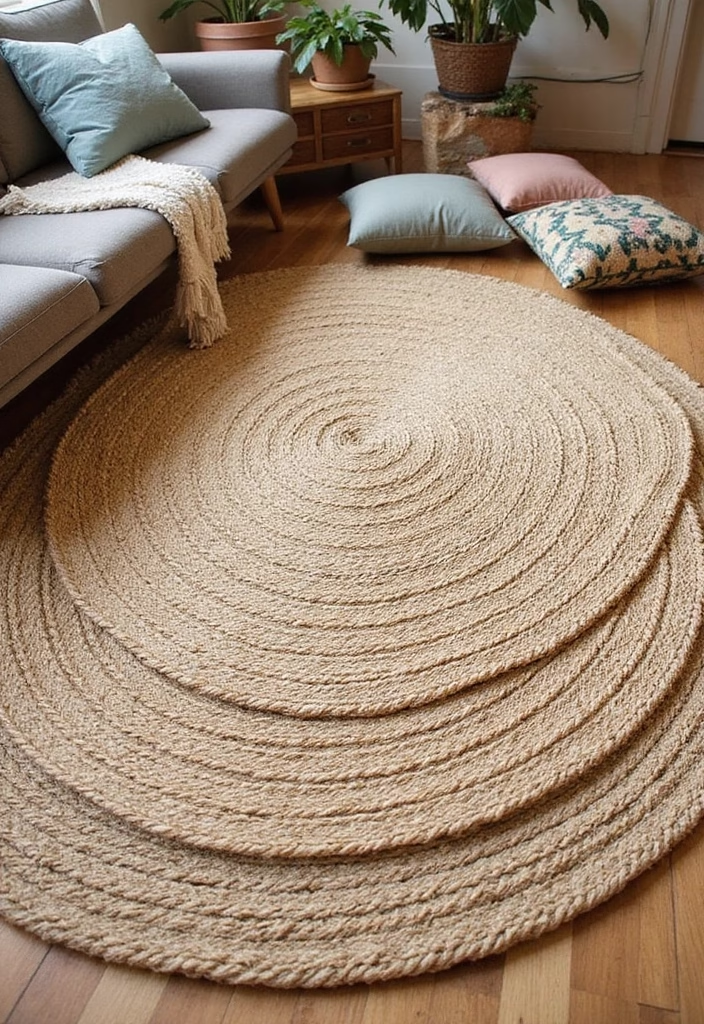
Master layered rug arrangements with these professional techniques:
– Proportion principle: Base rug should extend 18-24″ beyond top layer
– Texture contrast: Pair nubby sisal with flat-weave cotton or wool
– Functional zoning: Define conversation areas in open-concept spaces
– Seasonal adaptability: Switch top layers for climate-appropriate comfort
This approach adds dimension while protecting primary rugs in wear-prone areas.
4. Room-Specific Implementation Strategies
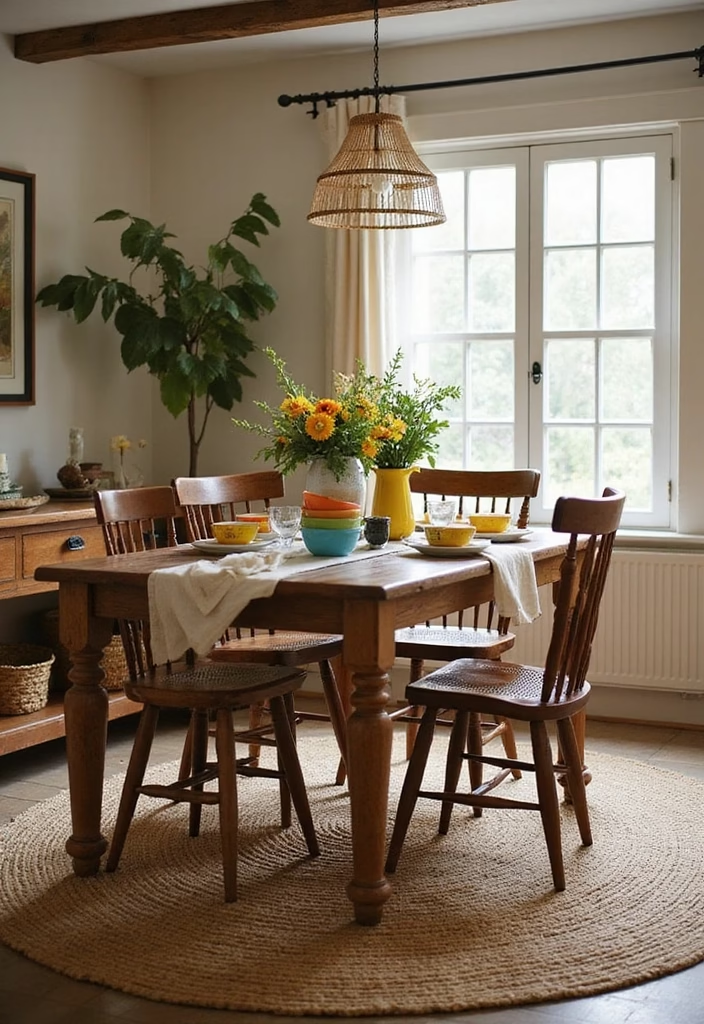
Maximize functionality with space-optimized placement:
– Living rooms: Allow 10-18″ bare floor border for visual framing
– Dining areas: Extend 36″ beyond table for chair movement
– Bedrooms: Install runners along bed sides instead of full coverage
– Entryways: Use ribbed mats over sisal for soil containment
These measurements ensure both aesthetic harmony and practical durability.
5. Science-Backed Maintenance Protocol
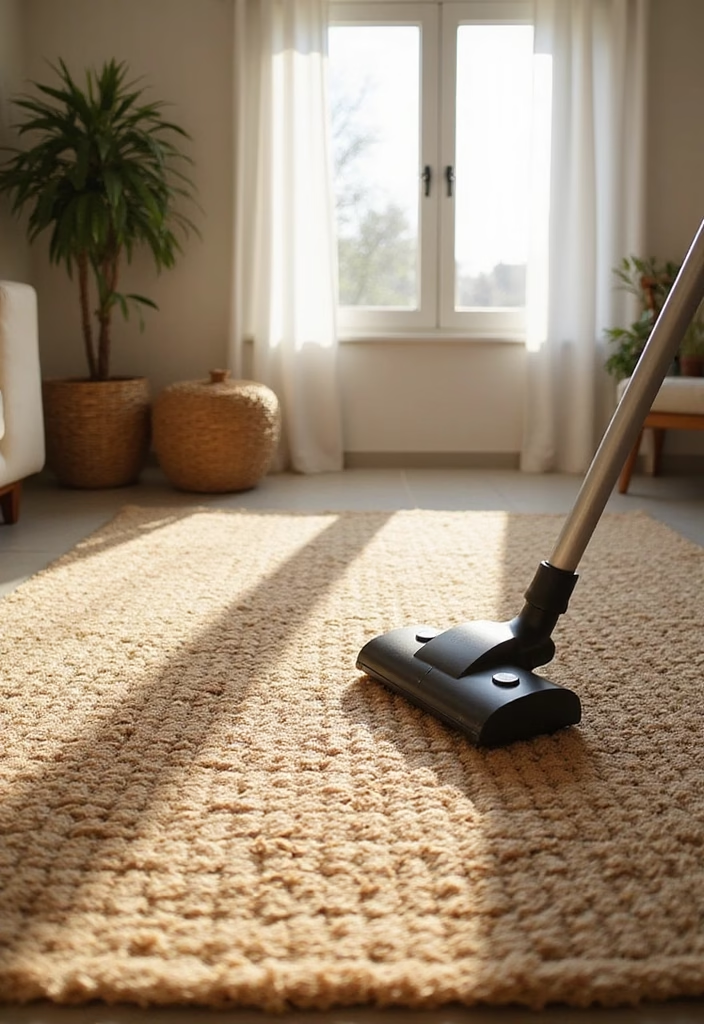
Preserve natural fibers with evidence-based care:
– Dry cleaning only: Water causes cellulose fibers to swell and degrade
– Immediate spot treatment: Absorb spills with cornstarch or baking soda
– UV protection: Rotate quarterly to prevent photodegradation
– Professional restoration: Seek specialists for deep cleaning every 18-24 months
Following this protocol can extend rug lifespan by 3-5 years.
6. Harmonious Color Integration
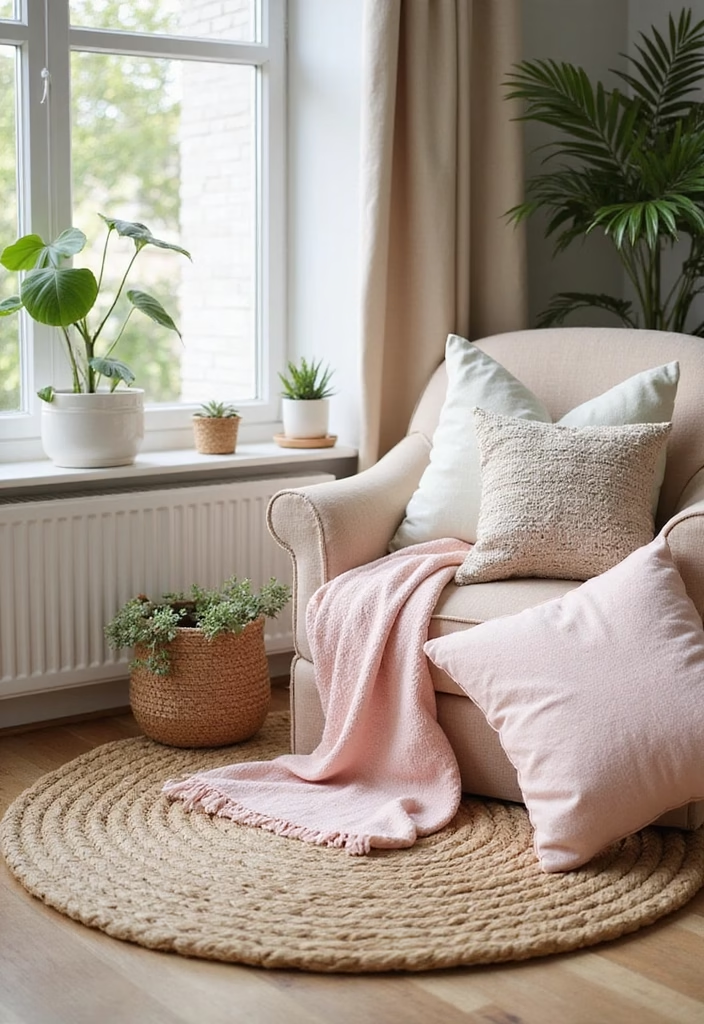
Coordinate natural rugs with summer palettes using color theory:
– Monochromatic schemes: Layer varying tan/beige tones for sophistication
– Complementary accents: Introduce cerulean or sage textiles against neutral bases
– Natural dye options: Seek plant-dyed rugs for authentic earth tones
– Light reflectance values: Choose lighter weaves to enhance room brightness
This scientific approach creates cohesive, light-enhancing environments.
7. Ethical Sourcing Guide
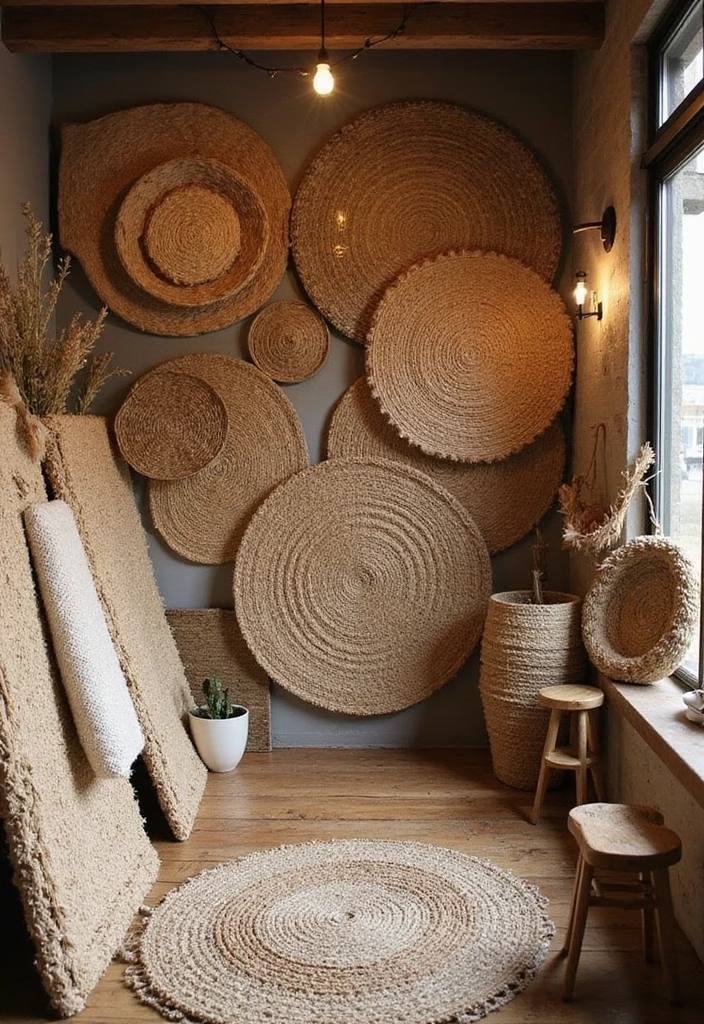
Identify responsibly produced fibers through verification:
– Certifications: Look for GoodWeave, Fair Trade, or B Corp labels
– Transparent sourcing: Prefer companies disclosing manufacturing locations
– Artisan collectives: Support women-led weaving cooperatives
– Carbon-neutral shipping: Choose retailers offering sustainable logistics
These practices ensure ethical consumption aligned with eco-conscious values.
8. Environmental Impact Analysis

Natural fibers offer significant ecological advantages:
– Carbon sequestration: Jute plants absorb 15x more CO2 than trees
– Water efficiency: Sisal requires 80% less irrigation than cotton
– Biodegradability: Decomposes within 1-2 years vs. synthetics’ 200+ years
– Non-toxic processing: Mechanical extraction avoids chemical treatments
These scientifically documented benefits make natural fibers truly sustainable choices.
9. Pattern Integration Techniques
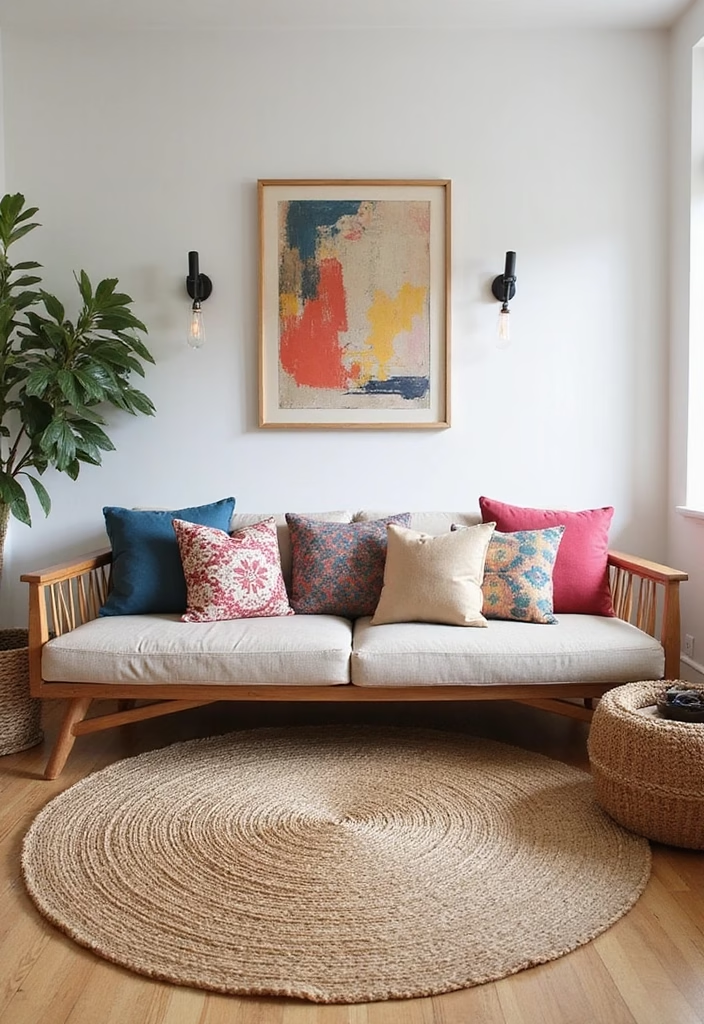
Combine patterns professionally using these designer methods:
– Scale variation: Pair large-scale prints with subtle rug textures
– Repetition principle: Echo rug tones in throw pillows or artwork
– Focal point control: Anchor bold patterns with neutral rugs
– Visual weight distribution: Balance pattern intensity throughout space
These techniques prevent visual chaos while showcasing personality.
10. Year-Round Adaptation Strategies
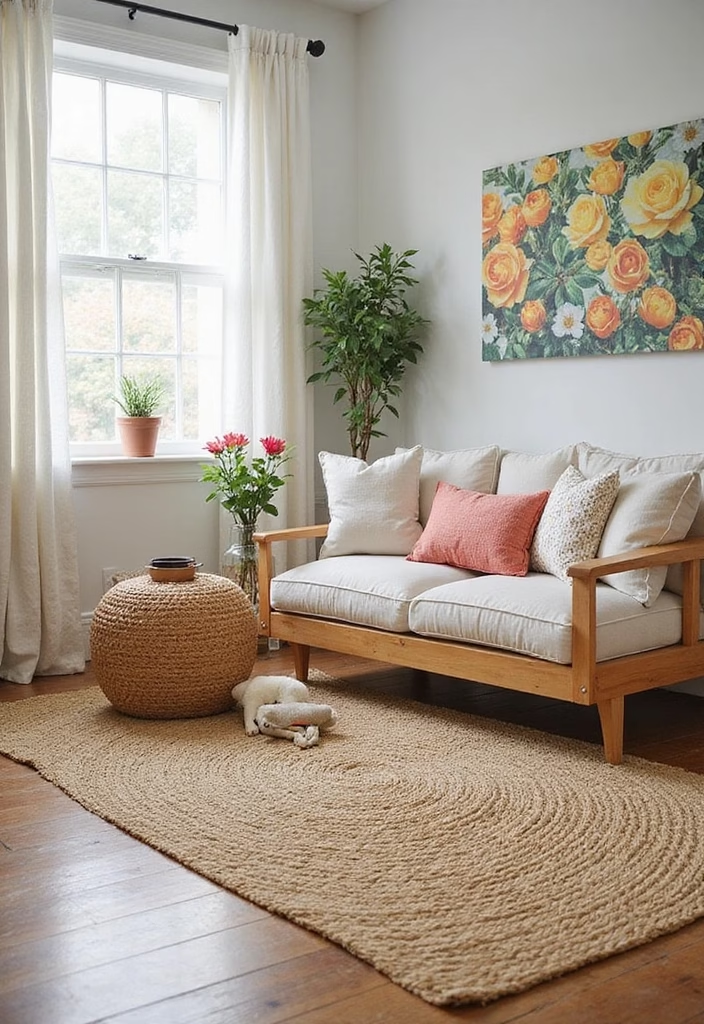
Transition natural rugs across seasons with these solutions:
– Summer: Use natural fibers alone for breathability
– Autumn: Layer with thin wool underlays for insulation
– Winter: Add plush natural fiber toppers (mohair or alpaca)
– Spring: Remove toppers and deep clean before storage
This systematic approach maintains comfort while protecting investments.
11. Tactile Design Principles
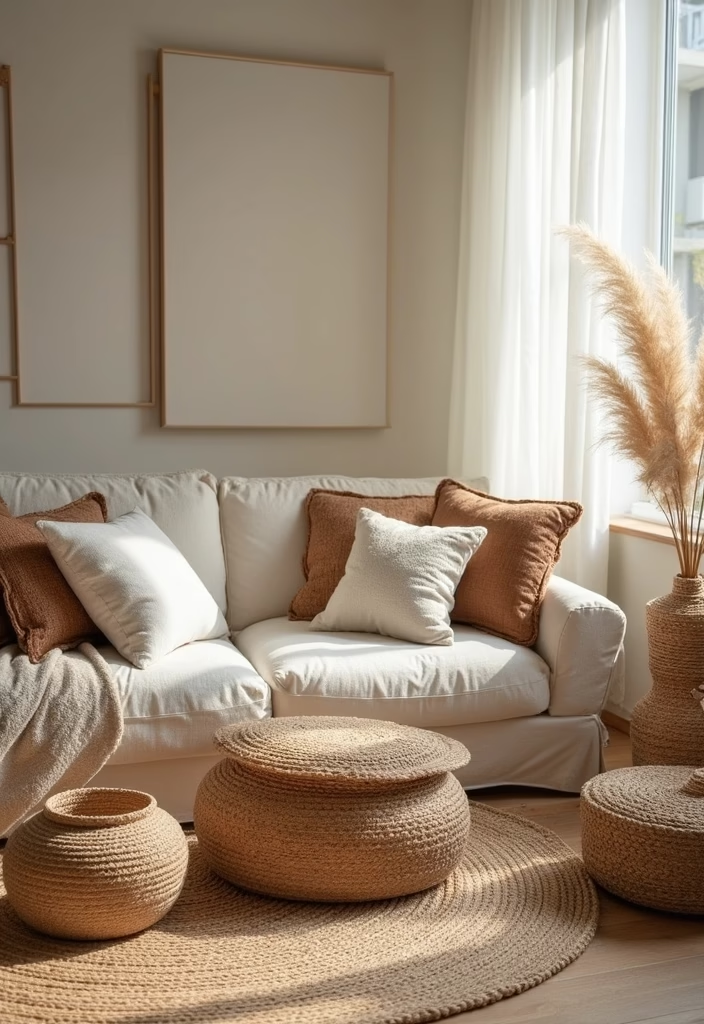
Create multisensory experiences through intentional texturing:
– Contrast mapping: Pair smooth leather furniture with nubby rugs
– Progressive coarseness: Transition textures from smooth walls to medium fabrics to rough rugs
– Footfeel zoning: Vary pile heights between activity areas
– Maintenance considerations: Balance desired texture with practical cleaning needs
This holistic approach enhances both aesthetics and lived experience.
12. Statement-Making Installations
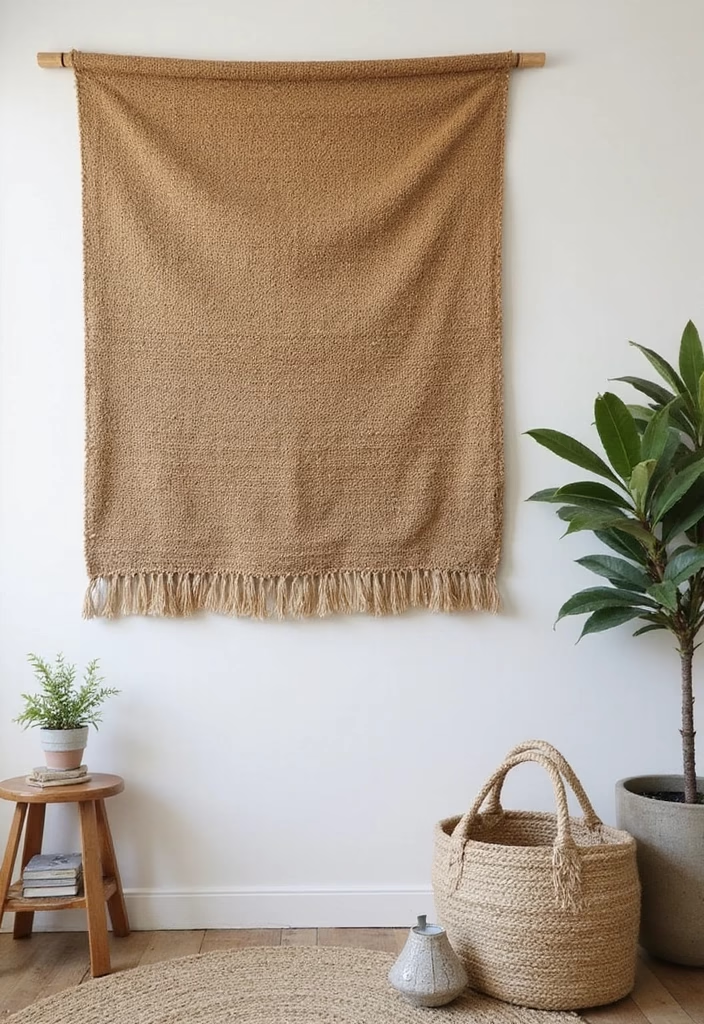
Transform rugs into focal points with these installation techniques:
– Unexpected placement: Install runner vertically along wall as tapestry
– Custom sizing: Commission exact dimensions for unusual spaces
– Directional weaving: Align patterns to guide visual movement
– Lighting enhancement: Use directional spots to highlight textural details
These strategies elevate functional pieces to artistic elements.
13. Precision Sizing Guide

Calculate perfect dimensions using these formulas:
– Living rooms: (Longest wall length – 24″) x 0.7
– Dining rooms: Table length + 48″ × Table width + 48″
– Bedrooms: Bed width + 36″ × Bed length + 24″
– Hallways: Width – 6″ × Length + 12″ for turn-ins
These industry-standard calculations ensure proportional placement.
14. Light Optimization Techniques

Amplify natural light through strategic rug implementation:
– Reflectance values: Select rugs with 45+ LRV for dark rooms
– Placement physics: Position perpendicular to windows to bounce light
– Color temperature matching: Coordinate rug undertones with light sources
– Spatial perception: Use large rugs to create illusion of expanded space
These techniques enhance both natural and artificial lighting effects.
15. Personalization Through Customization

Create signature pieces through bespoke options:
– Natural dye customization: Utilize plant-based pigments for unique hues
– Border detailing: Add contrasting hand-rolled edges
– Monogram integration: Weave initials subtly into corners
– Texture sampling: Combine different weaves within single rug
These personal touches transform functional items into heirloom pieces.
Conclusion
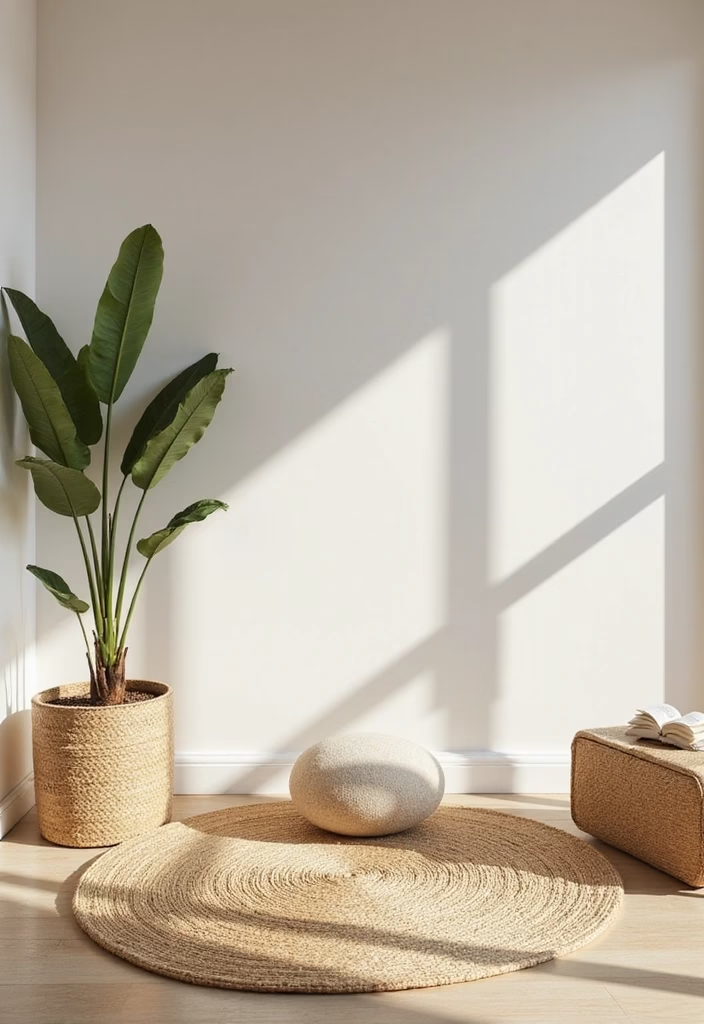
Natural fiber rugs provide the intersection of sustainability and sophisticated design. Their inherent properties deliver practical benefits that synthetic alternatives cannot match—temperature regulation, acoustic control, and environmental responsibility. By implementing these research-backed strategies, you create spaces that honor both aesthetic principles and ecological values. The result is timeless design that evolves with your lifestyle while minimizing environmental impact.



